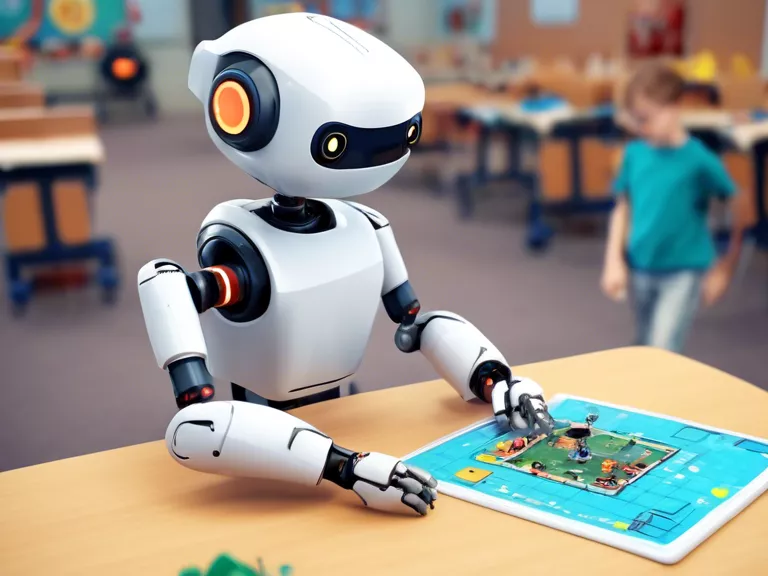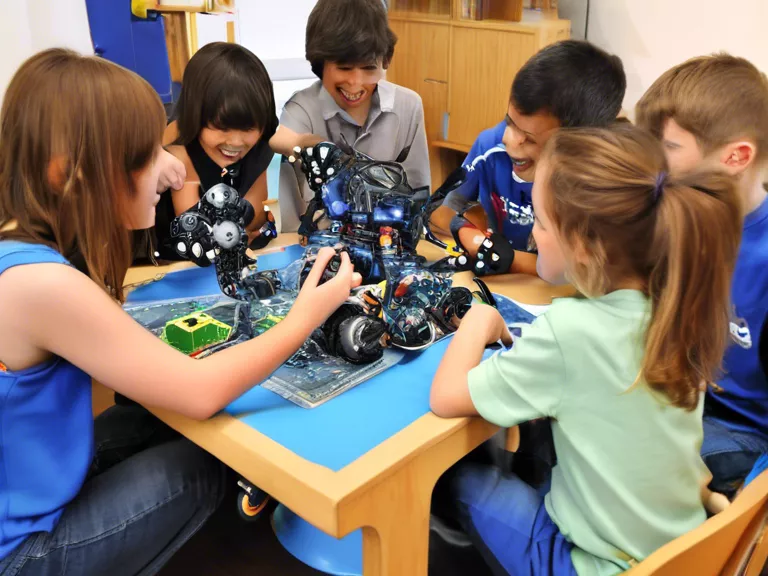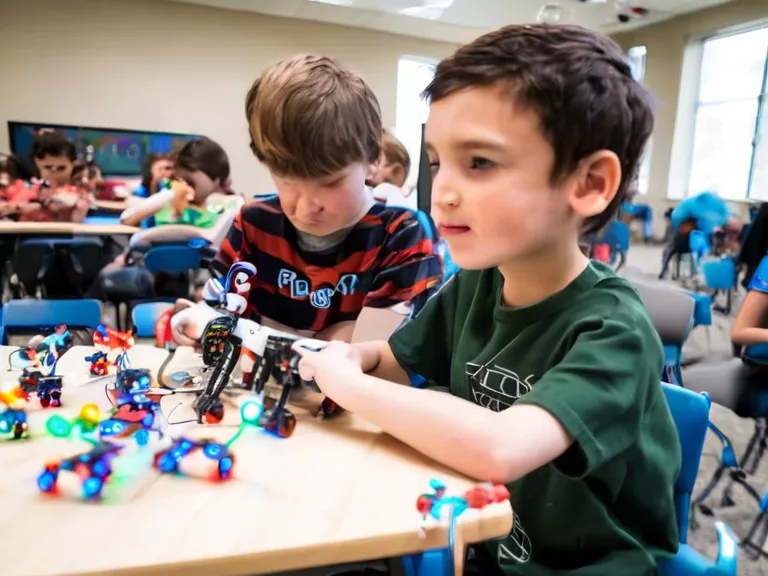
Introduction
Robots are increasingly being integrated into educational settings to enhance learning experiences for students. In particular, interactive games teaching with robots has gained popularity as an innovative approach to education. This article explores the benefits and applications of using robots for interactive games teaching in educational settings.
Benefits of Interactive Games Teaching with Robots
One of the primary benefits of using robots for interactive games teaching is the engagement it brings to the learning process. By incorporating games into the curriculum, students are motivated to participate actively in lessons, leading to increased retention and understanding of the material. Additionally, interactive games can cater to different learning styles, making it easier for educators to reach all students in the classroom.
Another advantage of using robots for interactive games teaching is the opportunity for hands-on learning. Robots provide a tangible platform for students to apply theoretical concepts in a practical setting. This hands-on experience not only reinforces learning but also fosters critical thinking and problem-solving skills.
Furthermore, interactive games teaching with robots promotes collaboration among students. Many educational robot platforms are designed to encourage teamwork and communication, allowing students to work together to achieve common goals. This collaborative aspect helps students develop social skills and learn the importance of cooperation in a group setting.
Applications of Robots in Interactive Games Teaching
Robots can be used in a variety of educational settings to facilitate interactive games teaching. For example, in STEM (science, technology, engineering, and mathematics) education, robots can be programmed to guide students through hands-on experiments and coding challenges. This hands-on approach not only makes learning more engaging but also helps students develop essential STEM skills.
In language learning, robots can be used to engage students in interactive language games that focus on vocabulary building, grammar practice, and pronunciation exercises. By interacting with a robot tutor, students can improve their language skills in a fun and interactive way.
Moreover, robots can be utilized in special education settings to support students with diverse learning needs. By customizing interactive games to cater to individual abilities and preferences, educators can create inclusive learning environments where all students can participate and succeed.
Conclusion
Interactive games teaching with robots offers numerous benefits for both students and educators in educational settings. From increased engagement and hands-on learning to fostering collaboration and inclusivity, robots have the potential to transform the way we teach and learn. By incorporating robots into interactive games teaching, educators can create dynamic and interactive learning experiences that inspire students to explore, discover, and excel in their academic pursuits.



